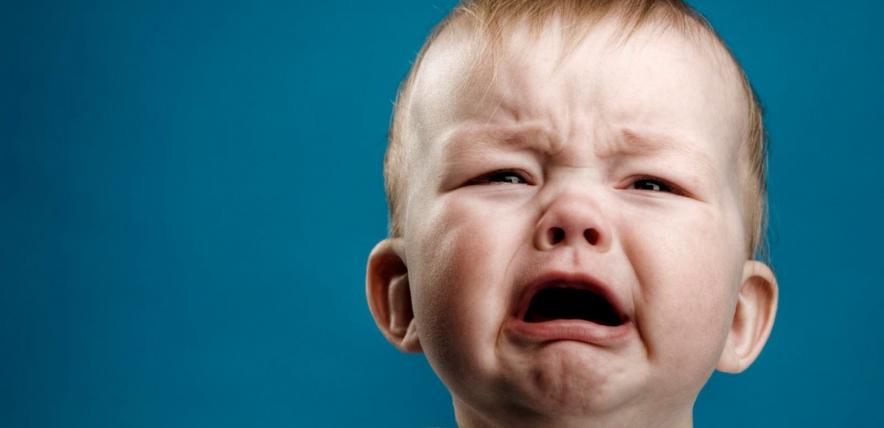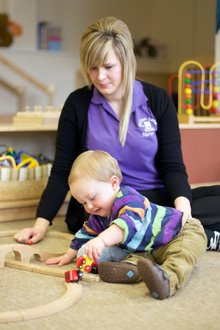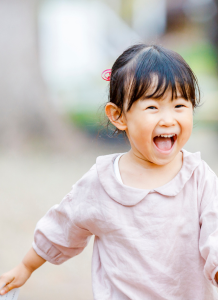When our babies cry our natural instinct is to respond by going to them, picking them up and giving a cuddle. They may be hungry, or need to be changed, or might just be in need of reassurance. But, regardless of the reasons, hearing them in distress unleashes in us a need to comfort and soothe.
Once babies reach the age of around six months, parents are sometimes advised by health visitors and others to try sleep training their child. Not everyone agrees with this, and not all parents do it. Usually, parents feel a need to try sleep training because they themselves are exhausted and sleep deprived from weeks or months of getting up to their baby during the night.
What is 'controlled crying'?
One of the techniques commonly mentioned is controlled crying, which also known as ‘crying it out’. Contrary to how it sounds, it is not about leaving your child to cry until they fall asleep. Rather, it means allowing your baby to cry for a specified amount of time, usually a few minutes, before going to them to offer comfort and reassurance.
The method tends to rely on the following approach: use your usual bed-time routine and put your child in their cot awake but sleepy. Give him a kiss and tell him “it’s time for sleep now, goodnight” before leaving the room.
Typically parents may be advised that if their child cries out, they should be left for between two and 10 minutes before going back into the bedroom. The baby can be gently patted for reassurance, or briefly picked up. However, this contact should be kept short, with the lights off and the minimum of noise. The idea is that the baby grows to understand it is night-time and time for sleep.
As time goes on, the advice is often to leave the child to cry for a little longer, giving him a chance to settle down on his own.
Why is it controversial?
However, this method is seen as controversial with many child development experts who believe that leaving a child to cry can cause emotional, and even physical, harm. They say that there is a fine line between the child self-soothing and settling themselves, and feeling abandoned or that their emotions are being ignored. This is also a reason many parents don’t use this method - they find it too difficult not to react to their child’s distress.
It is thought that the chemicals produced in the brain when babies feel ignored can affect memory, attention and emotion. This can, in turn, trigger an elevated response to stress throughout life, including a tendency towards anxiety and depressive disorders in adulthood. These heightened stress hormones also lead to an increase in heart rate, body temperature and blood pressure, which can result in over-heating and vomiting, which is dangerous for a child who has been left alone.
Some child development specialists also believe that controlled crying and training the child to self-soothe has a detrimental effect on his relationship with parents. The child eventually goes to sleep aware that he is being ignored and that his attempts to reach out to his parents have failed. In short, he has learned hopelessness.
Is it safe?
Professor James McKenna, director of the Mother–Baby Behavioral Sleep Laboratory at the University of Notre Dame, in Australia, describes controlled crying as "social ideology masquerading as science". He says that while there is mixed opinion on how long a baby could be left to cry, no-one had really studied whether it was safe to leave a baby to cry alone in the first place. The technique might result in parents leaving a child who is hungry, or might need to be held or receive some other sensory stimulation.
Further information
http://www.netmums.com/baby/sleep/controlled-crying-evidence-and-opposing-views
http://www.nhs.uk/news/2012/09September/Pages/Controlled-crying-safe-for-babies.aspx
http://www.babycentre.co.uk/a1027930/sleep-training
Written for the Pre-school Learning Alliance by Dorothy Lepkowska.







